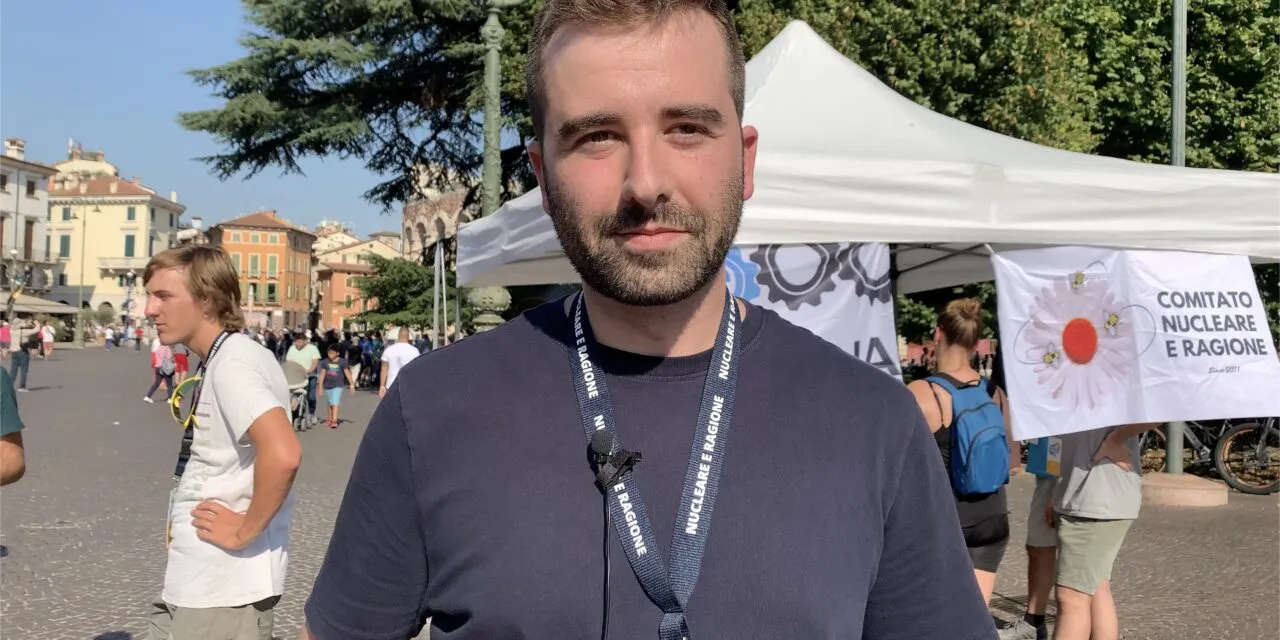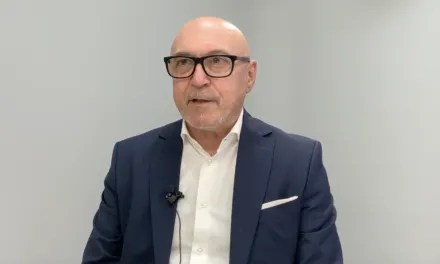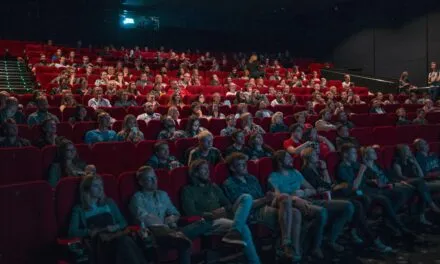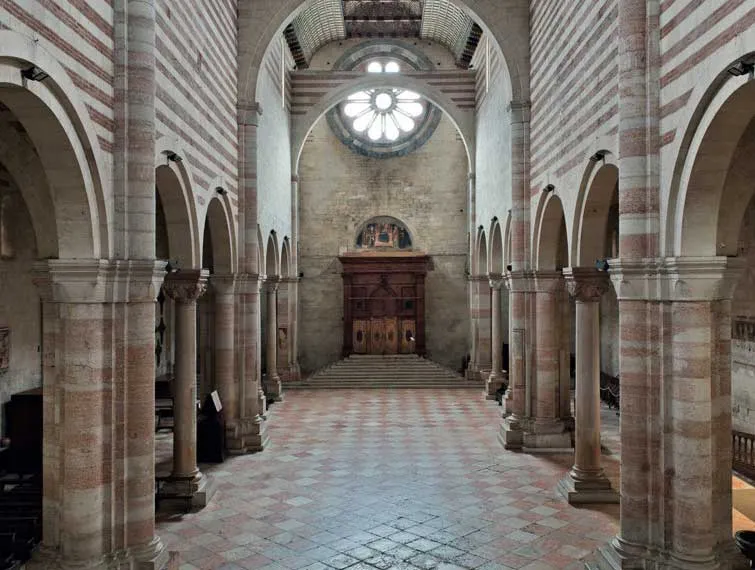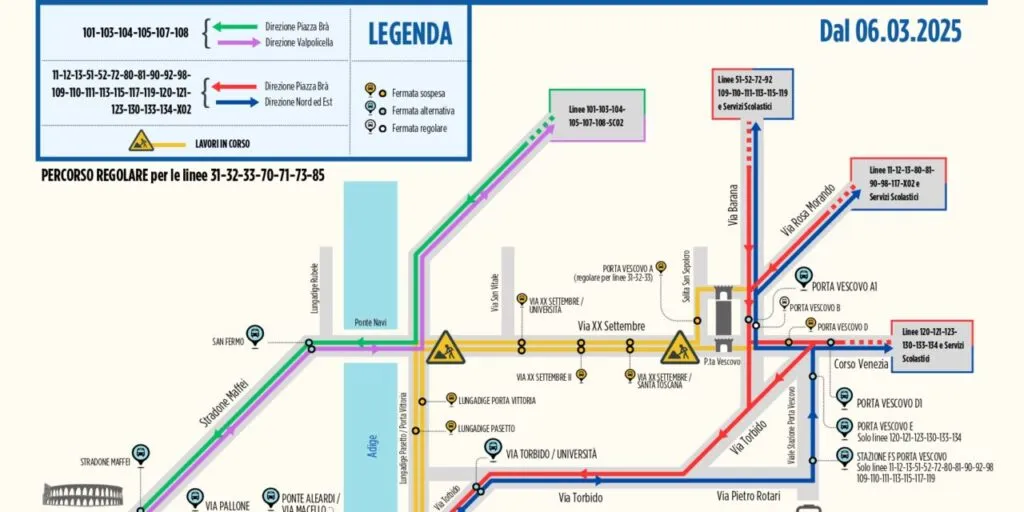(By Matilde Anghinoni) Nuclear? Let’s talk about it. The nuclear debate is making a comeback in Italy. Partly because of the new generation, which is more ecologically sensitive, and partly because of the war in Ukraine, which has reminded us of our reliance on Russia for energy. Italy is the only G7 country and one of four G20 countries that does not use nuclear power plants. But what do those who promote the reintroduction of nuclear power plants in Italy think? And, most significantly, can it be discussed without involving ideologies or political colors?
We spoke with Francesco Bussola (here our video), a Ph.D. physicist and Verona-based contact person for Stand Up for Nuclear, a committee created in 2011 following the Fukushima nuclear plant tragedy. Their mission was to deliver impartial and scientifically correct information to the public about what was going on in Japan. Stand Up for Nuclear continues to spread its message by hosting seminars throughout Italy, building communication channels, and publishing scientific studies. This past weekend, the project to bring information stands to Italian city squares began in Verona’s Piazza Bra.

Why do you think we should reintroduce nuclear power in Italy?
“The first and most important argument is that nuclear power is incredibly low-polluting. The waste produced to supply a house with energy for a year is the size of a candy. This “candy” is then placed in a tiny box and sent to the national waste depository. We now use alternative sources of energy, which release significant amounts of carbon dioxide into the atmosphere, contributing to the greenhouse effect as well as being extremely dangerous to health”.
Creating a new supply chain necessarily requires quality research. Where are we at?
“Nuclear research is widespread in Italy, particularly in the medical field, because we have reactors for this purpose. Of course, there are studies in the physical field. And there are companies in the steel and electronics sectors that work in collaboration with foreign states, as well as those that make components and are part of the supply chain. Federacciai, for example, invested $400 million in the Krsko nuclear power station in Slovenia last year, doubling its capacity. In exchange for their participation, the Italian Federacciai enterprises will receive a reduction on the price of electricity produced at the plant.
So there is interest and know-how; nevertheless, we must rebuild a supply chain that does not already exist. The initial phase will undoubtedly be the most difficult; it takes seven to ten years to develop a nuclear power plant, but once the sector is revitalized, everything will become easier. That is why we must begin now, because the investment is significant but now necessary: we do not now have another source of energy capable of producing such large amounts of electricity without polluting disproportionately”.
On the subject of research, there are several generations of nuclear power plants. What is the most significant difference?
“There are currently four generations, three of which are operational and in use, with the fourth under evaluation. Researchers have selected certain prototypes for the fourth generation, and now they must decide which ones are the most easily replicated at scale and hence industrially implantable.
Essentially, the level of safety changes. The latter will also include a self-shutdown mechanism, so that if the power plant becomes critical, it will shut down autonomously. As with a ball, if I drop it, it falls; similarly, power plants will shut down if the nuclear reaction is not kept active. Some current third-and-a-half-generation nuclear power facilities already operate in this manner. On the contrary, in first-generation plants, you had to establish active shutdown procedures to bring the plant down”.
Can Italy achieve 100% nuclear power? Is that the intention?
“It is theoretically impossible, or at least not a smart plan, to achieve 100% nuclear power. Nuclear power plants provide constant supplies of energy and are thus convenient during peak times, but not when the supply of electricity must be rapidly increased and decreased. In this regard, gas-fired power plants are more efficient, allowing you to instantly raise or decrease energy, similar to a stove flame.
That is why we propose a mix of energy sources. That is, to use a nuclear base to meet the bare necessities that are always present, such as what we have at night when homes do not consume but factories are operating and illumination is turned on. The substantial part should be met by renewables and the remainder by gas power plants. This, in our opinion, would be an advantageous choice. Following that, there are other aspects to consider, factors that system builders must evaluate because powering France, which is essentially flat, is not the same as powering Italy, which is considerably more hilly. Even in Italy, certain regions use more energy than others”.
You start with an environmental issue, but environmentalists are among the most vocal opponents of nuclear power in Italy. How would you describe this situation?
“For several years, environmentalism in Italy has been characterized by no over yes. In Puglia, for example, environmentalists are against solar power facilities because they damage the image of the Tavoliere of Puglia. However, with this type of environmentalism, we fail to meet ecological challenges because if we don’t change, we are perpetually back at square one. So, either we stick with coal, as Germany has done in times of crisis, or we do something different. When we put the various possibilities on the table and compare how much CO2 a nuclear power plant creates with how much CO2 a coal plant produces, the answer is obvious”.
As a result, the nuclear power plant is greener… Another crucial consideration is fear. Many individuals are skeptical about nuclear power because they are scared of what happened at Chernobyl.
“Absolutely, radiation is frightening. Chernobyl was also a unique situation since power plant failures occur rarely, but when they do, they receive extensive media coverage. However, we choose to pretend on a regular basis that we do not see all of the deaths caused by fossil fuel pollution. We drive gasoline automobiles, diesel cars, and natural gas cars, and we operate coal and gas facilities. And people get sick; they die from cancer or respiratory crises, especially in cities, where these diseases are more frequent. These are all issues that we overlook when focusing just on the Chernobyl tragedy”.
Turning instead to the economic issue, talking about nuclear power also means talking about energy independence….
“Not to mention the fact that you are no longer vulnerable to blackmail. With the conflict in Ukraine, this aspect has grown increasingly crucial and has returned to the forefront of public debate. Dependence on others also means being exposed to international pressure: “If you don’t do what suits me, I will cut off your gas.” Being independent, or at least differentiating the countries that sell us energy, is unquestionably helpful; it gives us more bargaining power”.
What changes have you noticed in recent years regarding nuclear power?
“The circumstances have changed. We didn’t think much about where we get our gas before; now we’re back to talking about it, mostly because of the Russia issue and the situation in Ukraine, and because rising gas prices make people reflect. But even before the war began, I observed a shift, thanks in large part to younger generations who are more concerned about environmental issues. The gap between generations is also reflected in this: those who lived through Chernobyl are scared that it may happen again, while the younger generation is concerned about the climate emergency. This is where a new feeling emerges: eco-anxiety.

